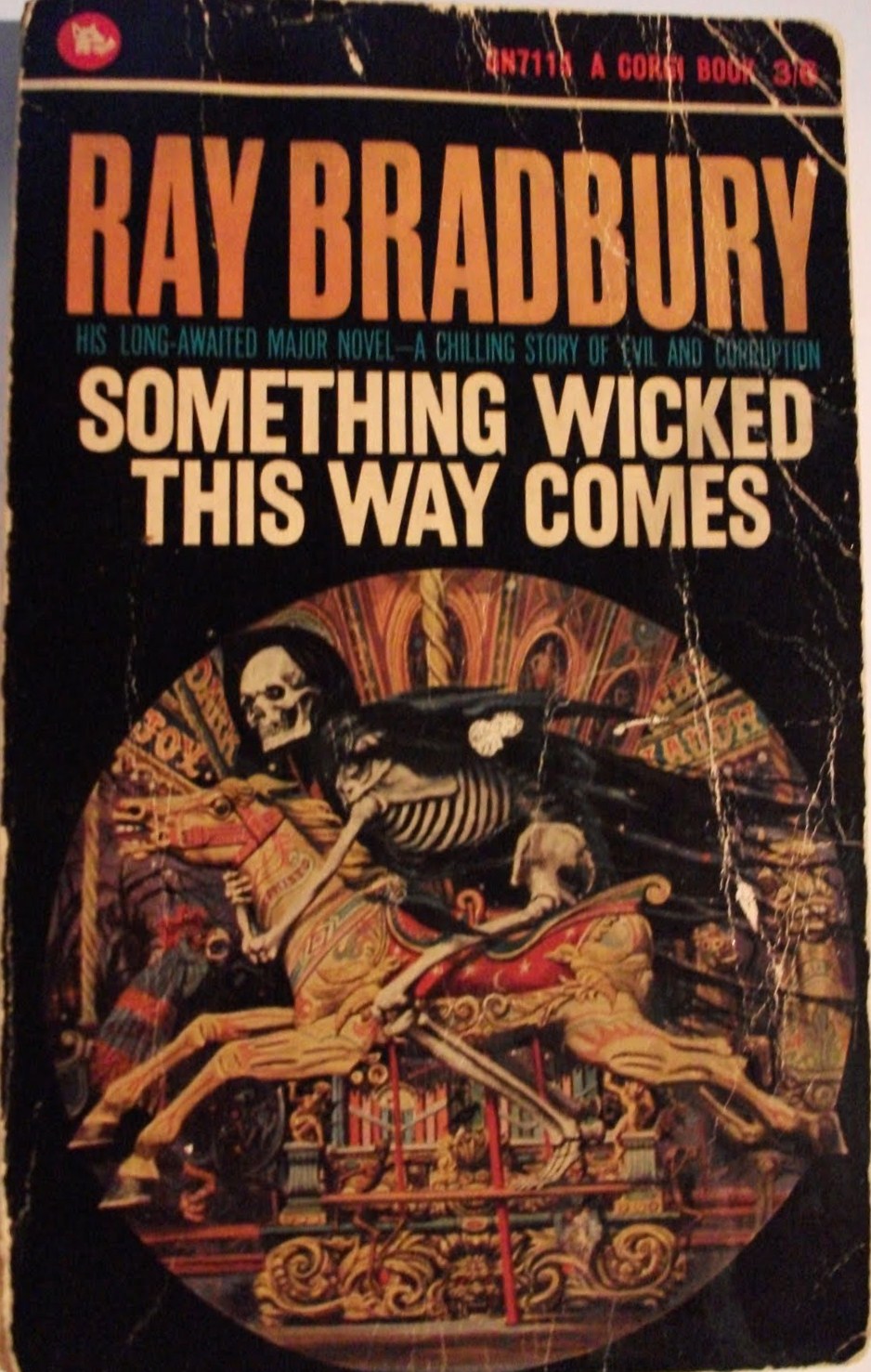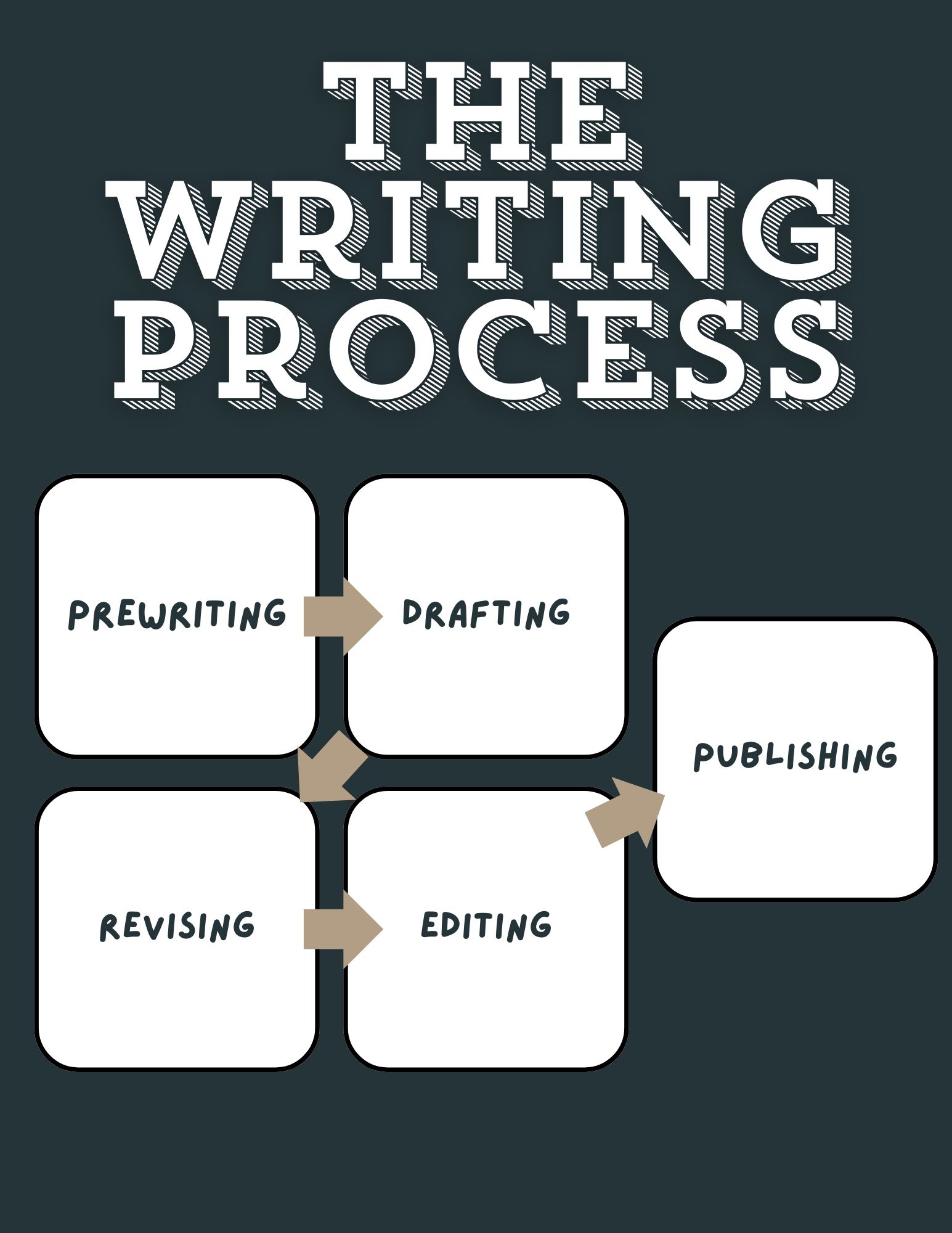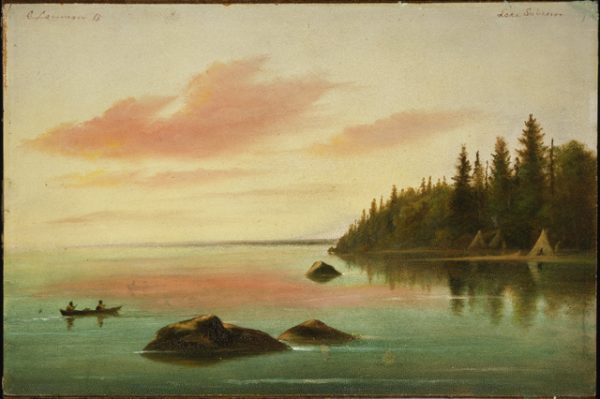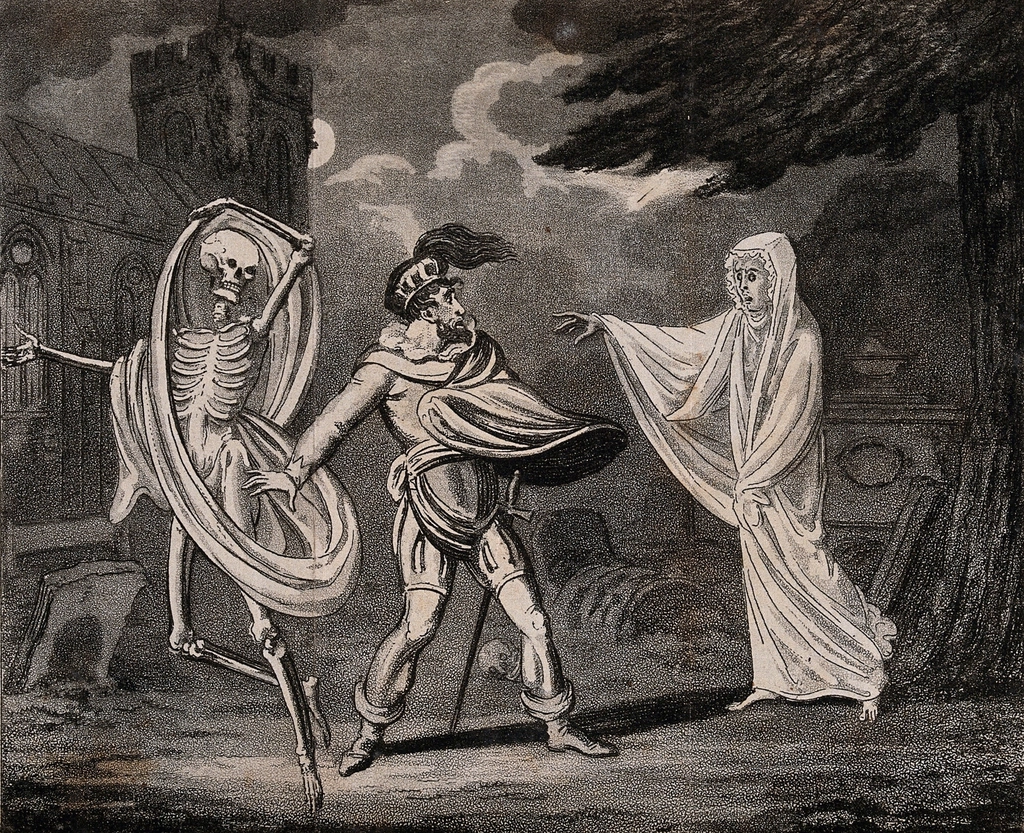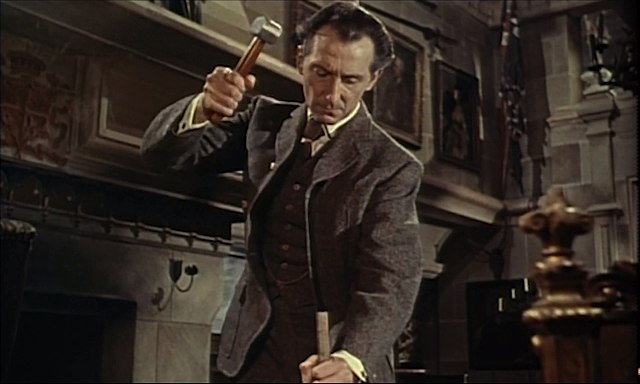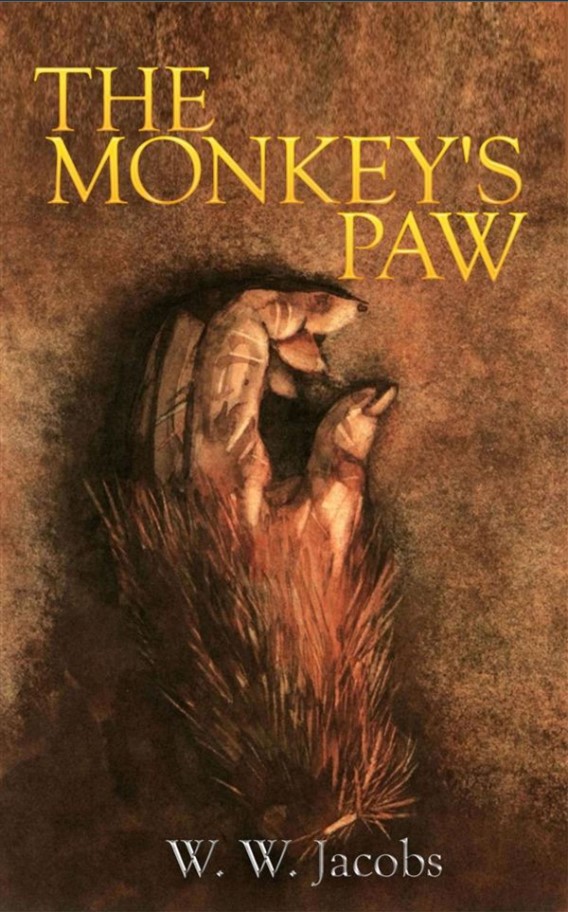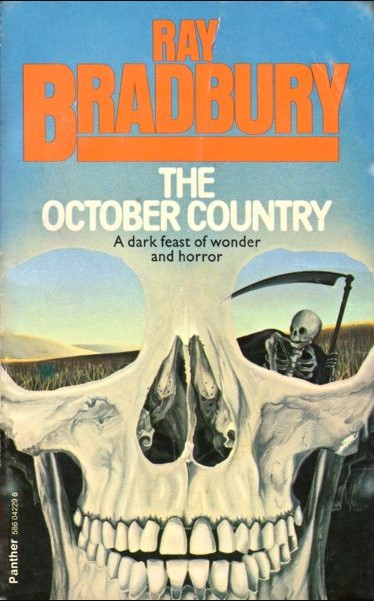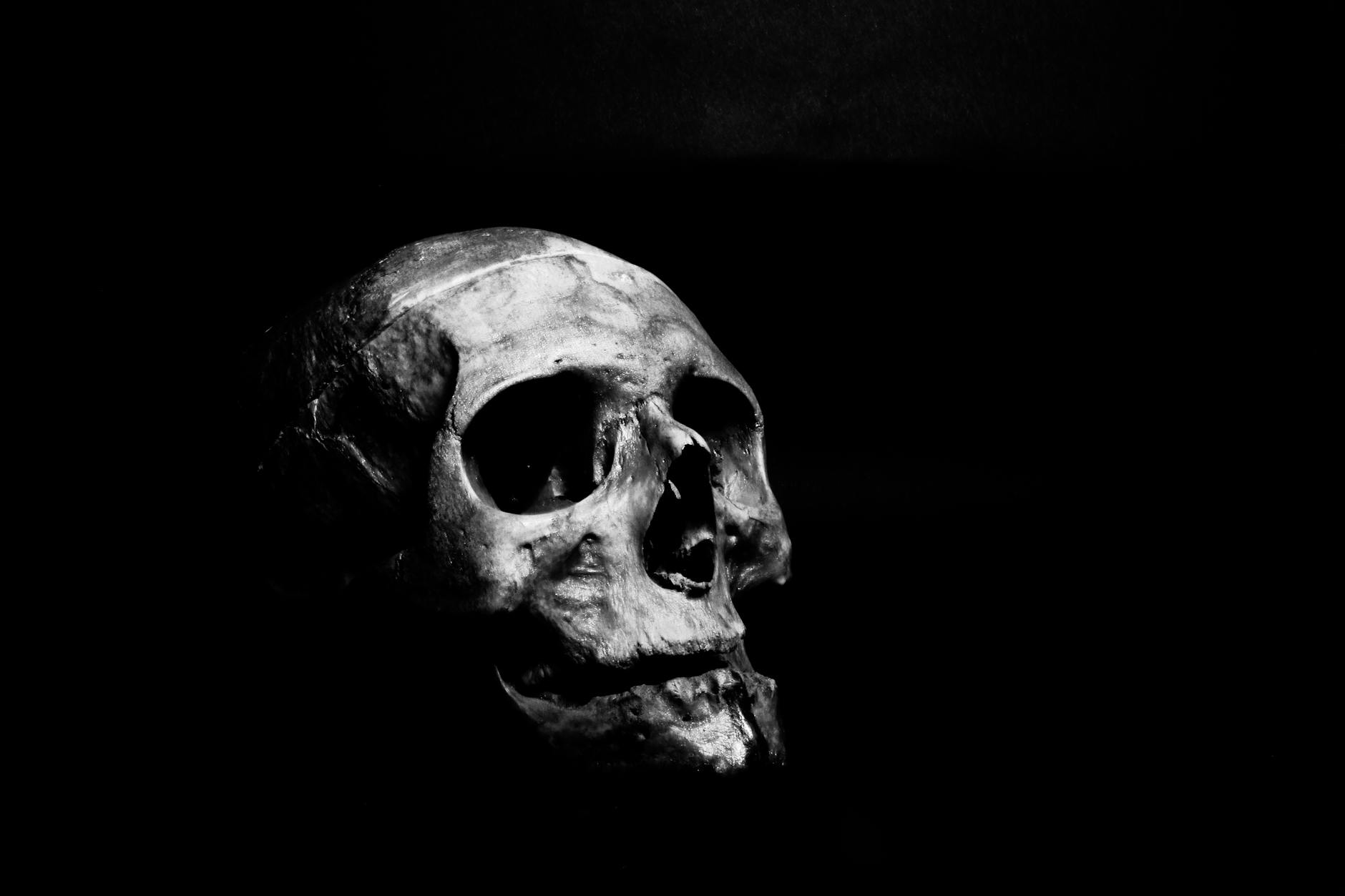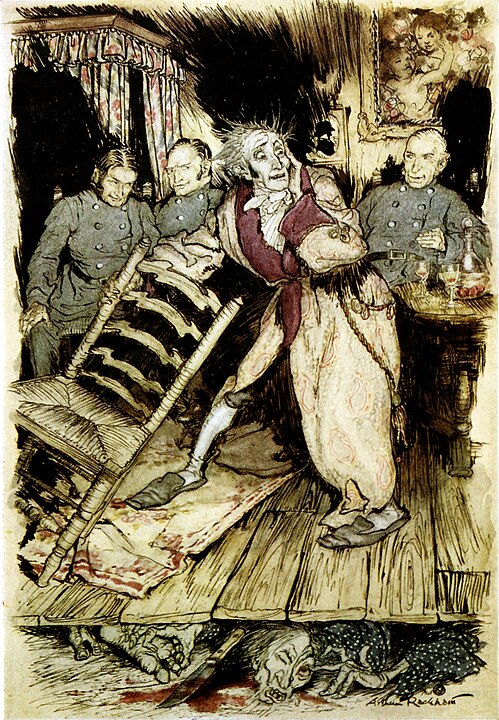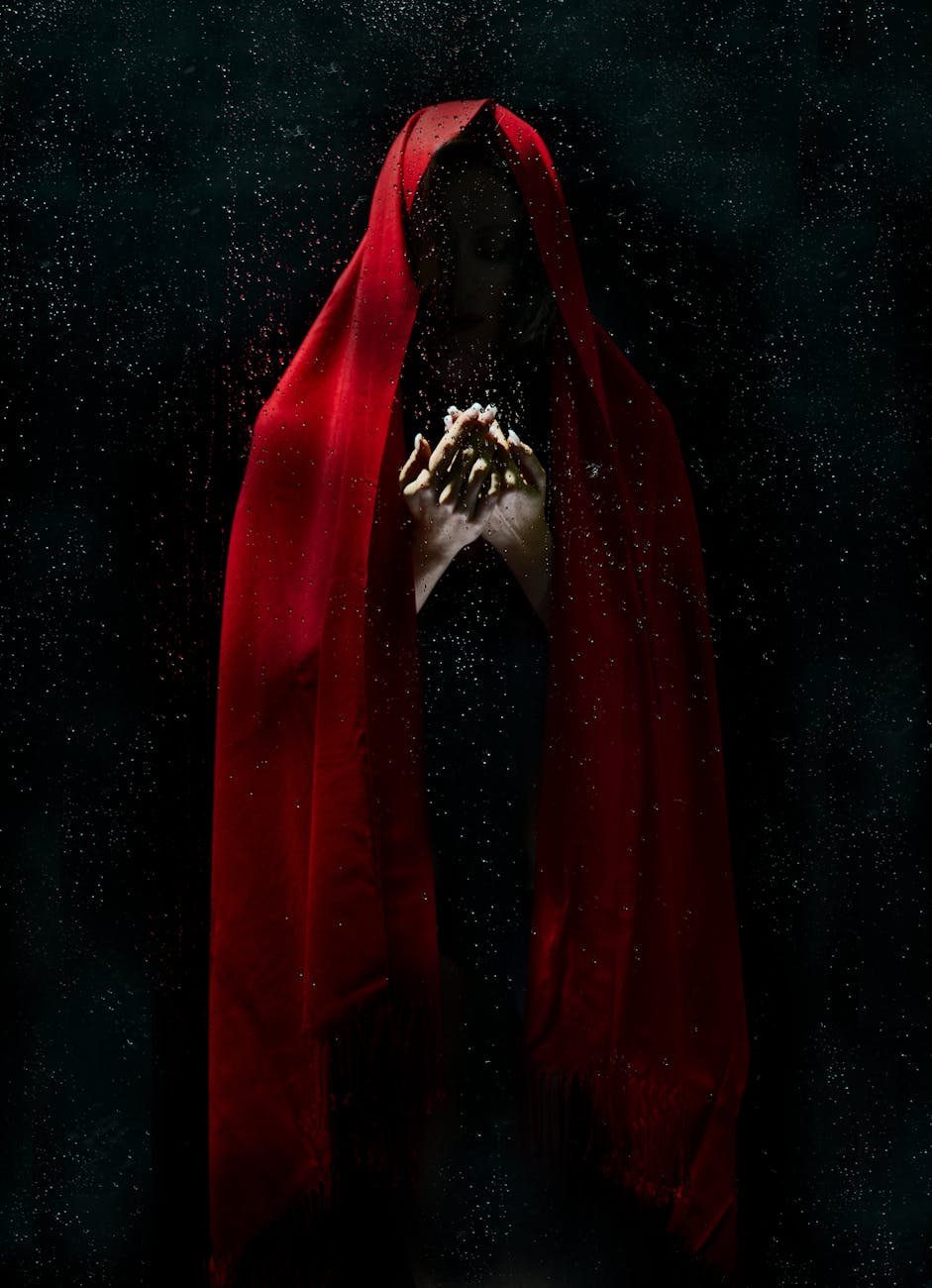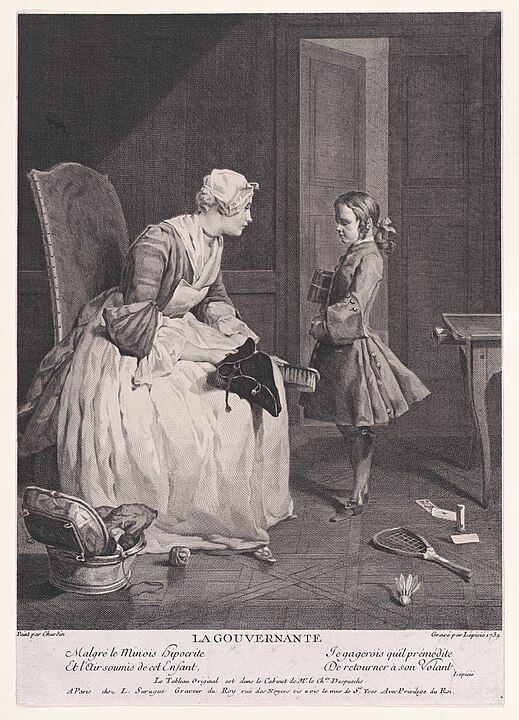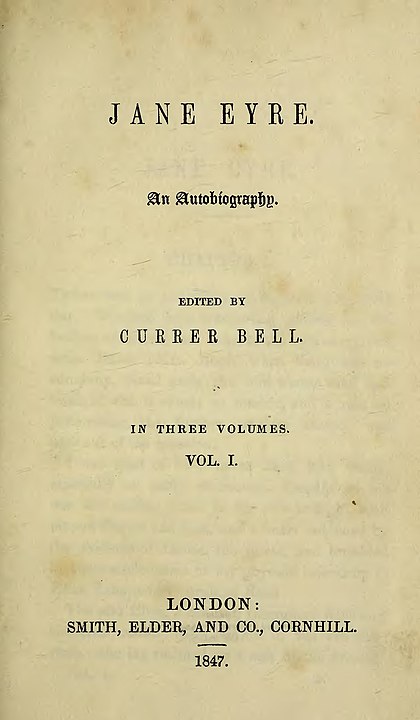Author: The Writing Post
How to Effectively Use the Writing Process
The writing process consists of five stages: prewriting, drafting, revising, editing, and publishing. This post explores practical ways to effectively utilize each stage.
Folklore: Pressie, The Serpentine Cryptid of Lake Superior
The Great Lakes surround Michigan, and Lake Superior holds the mysterious creature known as Pressie, a serpentine cryptid. Sightings date back to indigenous reports and continue into the modern era. Some believe it explains the unknown of the lake’s dark depths.
Ghosts in Literature: Symbolism and Representation
The post examines famous ghosts in literature, defining them and their symbolism. Examples include the ghosts in “Turn of the Screw,” “Hamlet,” and “The Legend of Sleepy Hollow,” each representing deeper themes.
“Abraham’s Boys” by Joe Hill: A Story About Killing Your Heroes
Today we examine the short story “Abraham’s Boys” by Joe Hill, in which the famed vampire slayer is shown in a different light. Who is the real monster?
“The Monkey’s Paw” by W.W. Jacobs: Death and Dire Choices
“The Monkey’s Paw” by W.W. Jacobs centers on the White family’s encounter with a magical monkey’s paw that grants wishes, leading to tragic consequences.
“The October Country” by Ray Bradbury: Eerie and imaginative
Ray Bradbury’s “The October Country” features dark, macabre short stories with a mix of horror and nostalgia, receiving positive reviews.
“I felt a funeral, in my brain” by Emily Dickinson: Considering Death
Emily Dickinson’s poem “I felt a Funeral, in my Brain” delves into the unsettling experience of a deteriorating mind, evoking profound empathy.
“The Tell-Tale Heart” by Edgar Allan Poe: The Heart of Madness
Today we examine “madness” as a gothic construct in Edgar Allan Poe’s “The Tell-Tale Heart.”
Gothic Literature and Eeriness: Definition and Examples
Today on the blog, we’re delving into gothic literature and the concept of eeriness. Eeriness evokes discomfort, fear, and mystery, often seen in works like “Turn of the Screw” and “Dracula.” Eeriness can enhance atmosphere and tension in various genres.
“Jane Eyre” by Charlotte Bronte: Summary and Reviews
“Jane Eyre” by Charlotte Brontë is a tale of perseverance and passion, blending gothic elements with deep emotional insights.
